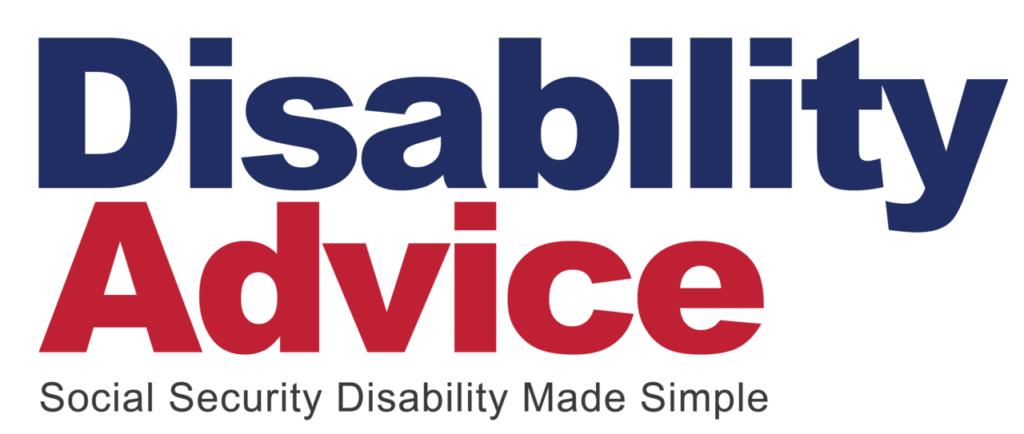Ringing in the new year is about more than changing the date on your calendar. It also means new rules and requirements for retirement and Social Security Disability Insurance, or SSDI, including earning limits and taxable income.
Important Changes to SSDI in 2025
While these changes might surprise some recipients of SSDI and retirement benefits, such changes occur every year. The Social Security Administration adjusts different aspects of SSDI and retirement in response to inflation, legislation, demographic shifts, and more.
The agency typically announces changes, including benefit increases, in October. If the SSA has your current address, you should have received a letter in December 2024 notifying you about this year’s benefits adjustments. You can also learn more about them by visiting your online Social Security account and the SSA website.
Social Security Cost of Living Adjustment for 2025
One of the most noteworthy changes to Social Security benefits in 2025 is the cost-of-living adjustment or COLA. As the prices of goods and services rise due to inflation, the SSA increases Social Security monthly benefits so you can afford to pay your living expenses.
This year’s COLA is 2.5 percent, which is lower than the increases implemented over the past several years. For example, beneficiaries received a 3.2 percent increase in 2024 and an 8.7 percent increase in 2023.
If you’re already receiving SSDI, you don’t have to take any extra steps to receive your additional monthly benefits. The SSA will calculate the new amount based on 2.5 percent of what you received last year and automatically apply it to your current payments. You can also use our SSDI calculator to determine the amount of your benefits with the 2025 COLA.
Changes to Social Security Taxes in 2025
Social Security tax changes are another potentially confusing shift that could complicate your finances. More specifically, it’s important to know about changes to the taxable wage base and the amount of your benefits that are taxable.
Updates to the Taxable Wage Base
Regardless of whether they currently receive SSDI or retirement benefits, anyone who works must contribute to Social Security. While this decreases your take-home earnings each month, you accrue work credits by paying into the system, entitling you to collect benefits in the future.
However, the SSA caps the income you can receive credits for and must pay taxes on. In 2025, the tax limit rose has risen to $176,100, up from $168,600 in 2024. In other words, if your yearly earnings exceed $176,100, the SSA will stop deducting Social Security taxes from your paychecks until the end of the year.
Consistent Taxes on Social Security Benefits
One thing that hasn’t changed for many SSDI recipients is that their Social Security benefits are taxable. As in previous years, individuals with income under $25,000 per year and couples who earn less than $32,000 annually generally don’t have to pay taxes on their Social Security benefits. However, up to 85 percent of your benefits may be taxable if you are in a higher income bracket.
Adjustments to Earnings Limits for SSDI and Retirement
The government doesn’t prohibit you from working while receiving benefits, but it does impose earning limits for both SSDI and retirement recipients. Like the COLA, these amounts generally increase annually to reflect growing average wages. Earning money above the new earning limits—even if you don’t realize they’ve changed—will reduce the benefits you receive.
Substantial Gainful Activity Limits
To continue receiving your SSDI, your income for the year must fall under the SSA’s Substantial Gainful Activity limit. Substantial gainful activity, or SGA, is a level of work activity that indicates you’re capable of working and supporting yourself financially without help from SSDI benefits. Exceeding the limits will cause a disruption or the loss of your benefits.
You can bring home slightly more money from working in 2025 than in prior years. The limit has increased to $1,620 per month or $2,700 per month if you are legally blind. The limits in 2024 were $1,550 and $2,590, respectively.
Retirement Benefits Has Earning Limits
Like SSDI recipients, people receiving retirement benefits in 2025 must also keep their income under the SSA’s maximum to continue receiving their full payments. If you’re under full retirement age or FRA, the earnings limit has increased to $23,400 annually, up from $22,320 in 2024. If you earn more than $23,400 in a year, Social Security will reduce your benefits. Typically, the reduction is $1 for every $2 you earn above the limit.
If you will reach FRA in 2025, the limit is $62,160 for the months leading up to that time, up from $59,520 in 2024. The SSA will only look at what you earn up to the month before you reach FRA rather than your income for the whole year.
Changes to Full Retirement Age in 2025
Your FRA determines when you can begin receiving Social Security retirement benefits without penalties. In 2025, the age is 66 years and 10 months. For those who turned 66 in 2024, FRA is 66 years and six months.
The following is when you’ll reach FRA based on your birth year:
- 1958: 66 and six months reached in 2024
- 1959: 66 and 10 months reached in 2025
- 1960 or later: 67 and will be reached in 2026 and after
Keep in mind that you can retire as early as age 62, but collecting your benefits before you reach FRA will lower the monthly amount you receive.
Changes to Earning Social Security Credits in 2025
To be eligible to collect retirement benefits, you must have earned Social Security credits. In 2025, the SSA increased the minimum earnings required to qualify for credits. Thus, you must make more money to qualify for credits than you did last year.
To earn one credit in 2025, you must have earned at least $1,810 in wages and self-employment income. If you want to earn four full credits, you must make $7,240 or more. This amount is $80 more than in 2024, when you only had to make $1,730 to earn a credit.
Impacts on Supplemental Security Income Benefits
Some people with disabilities receive Supplemental Security Income, or SSI. SSI is a needs-based program that benefits disabled and older individuals with low income and resources. While you need a significant work record to receive SSDI, you can qualify for SSI based on your income, age, and disability—regardless of whether you have an established work history.
Despite these differences in eligibility, SSDI and SSI follow the same practice when adjusting benefits for the cost of living. As a result, SSI recipients will see the same 2.5 percent increase in COLA in 2025 as those who receive SSDI. COLA helps you maintain the same quality of life despite the higher cost of food, housing, and other necessities.
What These Changes Mean for You
Because the SSA makes adjustments each year, you may be unsure whether or how much your benefits will change. That uncertainty is stressful and could cause problems that disrupt or stop your monthly payments.
In addition, these changes can complicate the process of applying for SSDI or filing an appeal. They can also cause issues with existing applications. For example, if you filed your initial application in 2024, the income you included may now be higher than the new earnings limit.
Disability Advice offers guidance on the complexities of Social Security and can support you throughout the application and appeal process. Contact us for assistance navigating your benefit challenges and understanding the Social Security changes in 2025.
- Free case evaluation
- Assist with denied claims
- Ensure you have all documents
- Make the process easy for you


